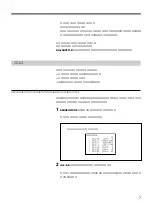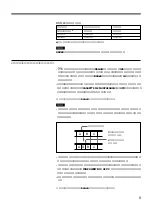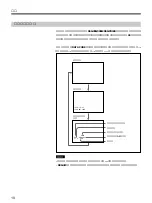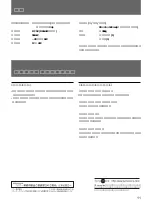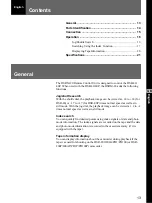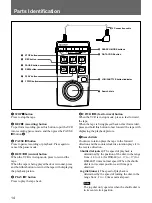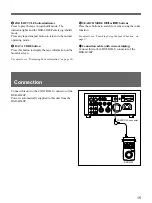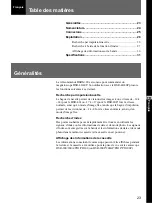
19
When you record on the DSR-40/40P
a) The signals for Index search are recorded when you start recording in stop
mode.
Note
When recording on the DSR-40/40P, signals for index search do not have
information on a day of the week.
About the cassette memory
• If you use a cassette with
mark, the cassette memory stores up to 135
index signals. (The number changes depending on the data size
combination of index, date, and photo data stored on a tape.) The DSR-
40/40P is capable of storing and retrieving up to 16 kbits of cassette
memory.
• To locate recordings whose signals are disabled to be stored in the
cassette memory, or to locate recordings in order of their position on the
tape, set CASSETTE MEMORY SEARCH in the menu to OFF. You can
use the same procedure to search for a recording on a cassette without
cassette memory.
For more information about menu operations, refer to the operating instructions
for the DSR-40/40P.
Notes
• Each program is indexed at its beginning. If you record another program
over the beginning of the first program, you will not be able to locate the
original program.
• You cannot add indexes after recording.
To add indexes only for Auto Repeat, start recording from the point you
want to start indexing.
• You cannot erase indexes after recording.
To delete indexes for Auto Repeat, set INDEX WRITE in the menu to
OFF. Then record over the index signal you want to erase.
• Searching may not be done correctly if the signals were not recorded on a
Sony-brand digital video equipment.
For more information about menu operations, refer to the operating instructions
for the DSR-40/40P.
Signals for
In cassette memory
On tape
Index search
a)
Yes
Yes
Date search
No
Yes
Photo search
No
No
If D is recorded
over the beginning of B...
Index signal
B cannot be searched
A
B
C
A
B
C
D



